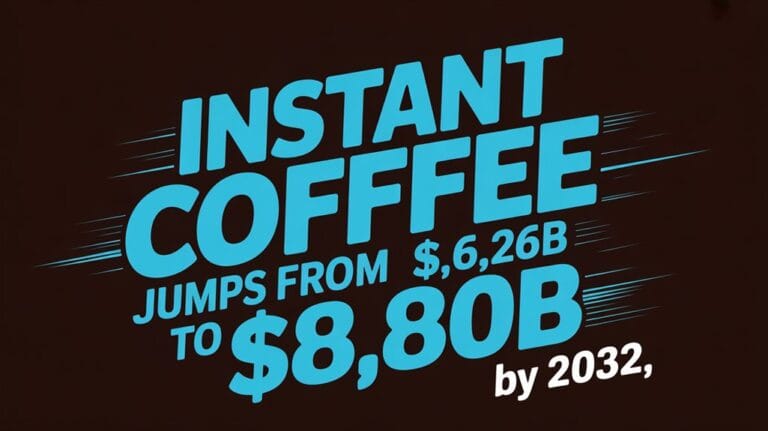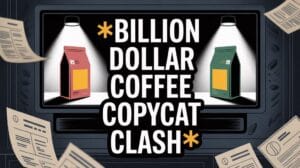Instant Coffee in the US
The U.S. instant coffee market is poised for rapid expansion as busy Americans reach for quick caffeine fixes. Recent market trends show the sector jumping from $6.26 billion in 2024 to an expected $8.80 billion by 2032. Analysts tag this climb to a steady 4–5 percent yearly growth, pushed by daily coffee intake that has risen 37 percent since 2004.
Consumer preferences clearly favor speed and simplicity, so the category keeps outpacing pricier drip or espresso options. Instant coffee wins because it fits modern lifestyles. Workers skip filters, timers, or machines—just add water and go. Both spray-dried and freeze-dried crystals vanish fast in hot or cold liquid, matching the country’s on-the-go culture. To answer health concerns, brands are unveiling new formulations with reduced sugar and natural sweeteners.
Millennials and Gen Z, who make up the fastest-growing coffee cohort, drive demand for no-fuss caffeine at work, study sessions, or gym commutes. Online retailers and big-box stores alike stock single sticks, pods, and liquid shots, ensuring the product is never more than a click or short walk away.
Product variety keeps buyers engaged even when grocery bills inch up. Brands now offer caramel, vanilla, mocha, and pumpkin-spice powders, plus organic and low-sugar choices. Premium micro-ground crystals and concentrated liquid sachets cater to taste buds that still want café-level flavor without barista prices.
Collaborations between major chains and instant makers—think Starbucks-branded packets—blur lines between retail shelves and coffeehouse menus. Distribution channels mirror the same story of convenience. Supermarkets place colorful instant displays near checkout lanes.
Specialty coffee shops bundle sticks with gift cards. Hotels and cafés pour ready-made concentrate into travelers’ cups. E-commerce sales jump year over year because apps ship cases overnight, often undercutting café costs. The pandemic pushed at-home stockpiling, further reinforcing the category’s resilience.
The combined effect is that rising retail prices do not deter shoppers; instead, the added value—speed, flavor, portability—outweighs the extra cents per serving.





